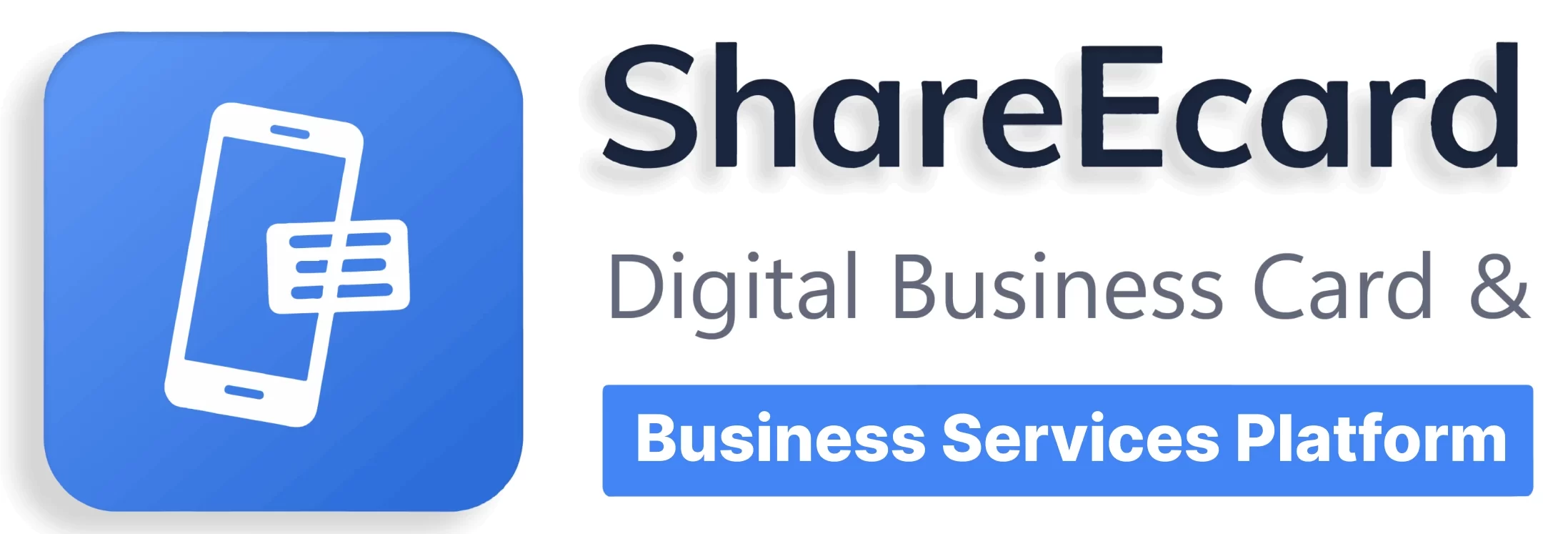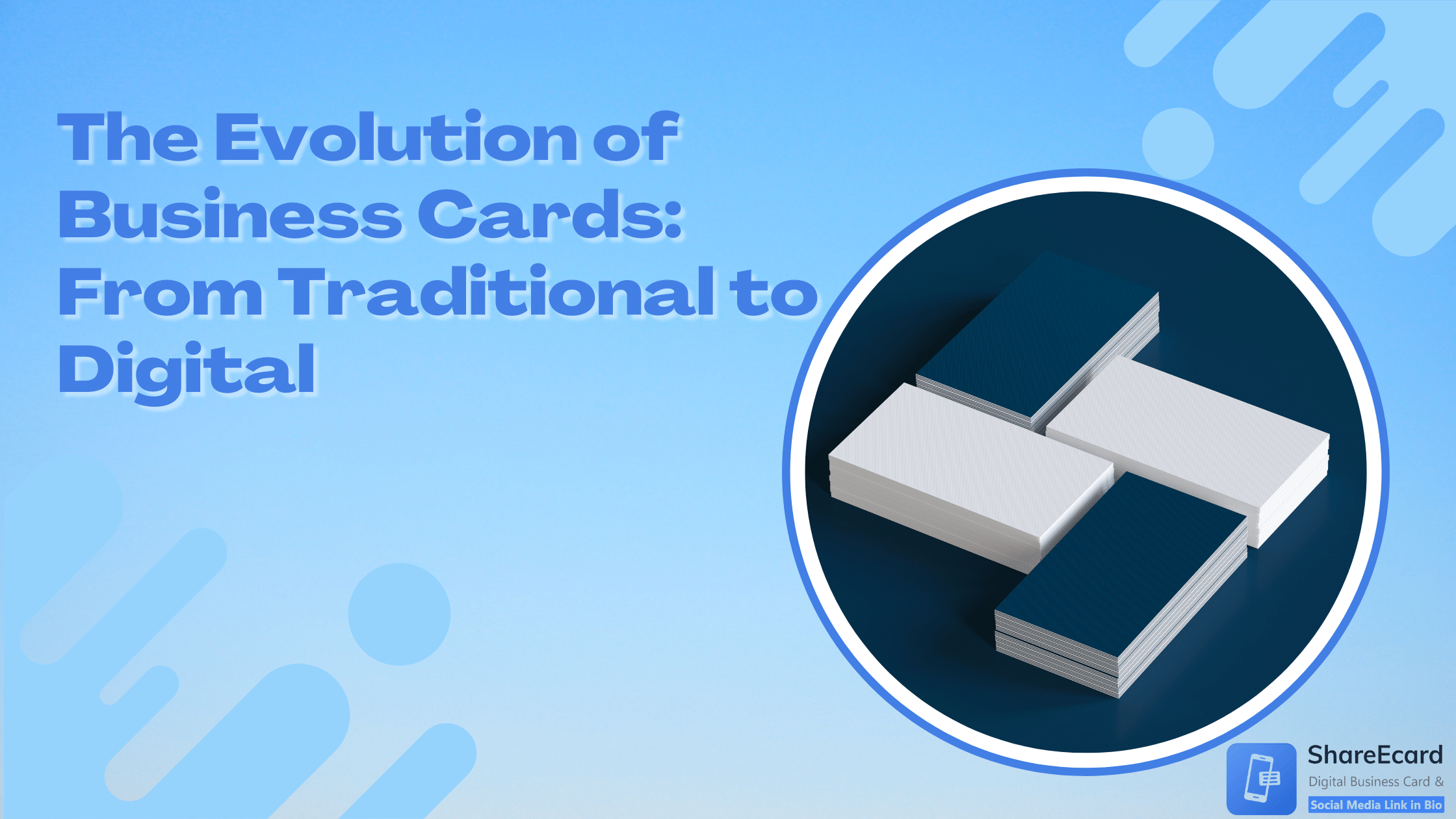The humble business card has been a staple in professional networking for centuries, evolving significantly over time. From its early beginnings to the modern era of digital technology, the business card has continually adapted to meet the changing needs of professionals and businesses. Let’s take a journey through the evolution of business cards, from traditional to digital.
The transition of Business Cards from Paper to Digital Business Cards
Early Beginnings
- 15th Century China: The earliest forms of business cards, known as ‘visiting cards’, were used in China to announce a person’s arrival to their host.
- 17th Century Europe: The concept spread to Europe, particularly among the aristocracy, as a social tool with strict protocols around its use.
The Industrial Revolution and Beyond
- 19th Century: The industrial revolution brought about mass production techniques, making business cards more accessible to the emerging middle class.
- 20th Century: Business cards became a professional standard. They were simple, often with just a name and contact information, reflecting the straightforward business practices of the time.
Modern Innovations
- Design and Branding: In the late 20th century, business cards began to incorporate more elaborate designs and branding elements. This was a time of artistic expression and individualism in card design.
- Material Diversity: Materials expanded beyond traditional cardstock to include plastics, metals, and even edible materials.
Digital Revolution
- 21st Century: The digital era introduced new ways of sharing contact information electronically. However, physical cards remained popular for their personal touch.
- QR Codes: Business cards started featuring QR codes, bridging the gap between physical and digital by directing recipients to websites, portfolios, or social profiles.
The Rise of Digital Business Cards
- Functionality: Digital Business cards can store more information than physical cards, including links to social media profiles, websites, and digital portfolios.
- Environmental Impact: As awareness about sustainability grew, digital cards became popular for being eco-friendly.
- COVID-19 Pandemic: The pandemic accelerated the adoption of digital cards due to the need for contactless interactions.
Current Trends and Future Outlook
- Integration with Technology: With technologies like NFC (Near Field Communication) and RFID (Radio-Frequency Identification), digital cards are becoming more interactive.
- Personalization and Flexibility: Digital cards allow for greater customization and easy updating of contact information.
- Augmented Reality: Future business cards could incorporate AR, allowing for a dynamic and immersive way to share information.
The evolution of business cards reflects broader shifts in technology, society, and business norms. From their origins as a tool for social introduction to their role in modern networking, business cards have continually adapted to meet the needs of their time. Today, the coexistence of traditional and digital forms shows that while methods of sharing contact information may change, the value of making connections remains timeless. As technology continues to evolve, so too will the ways we create and exchange our professional identities.




